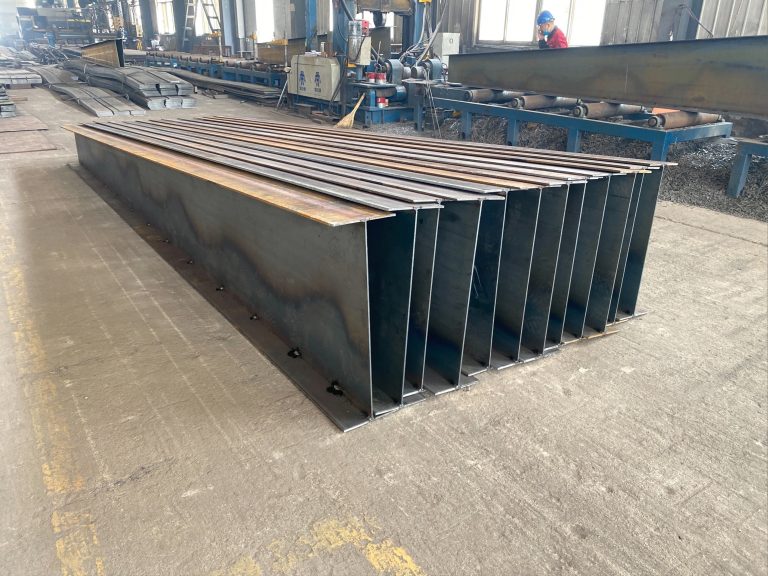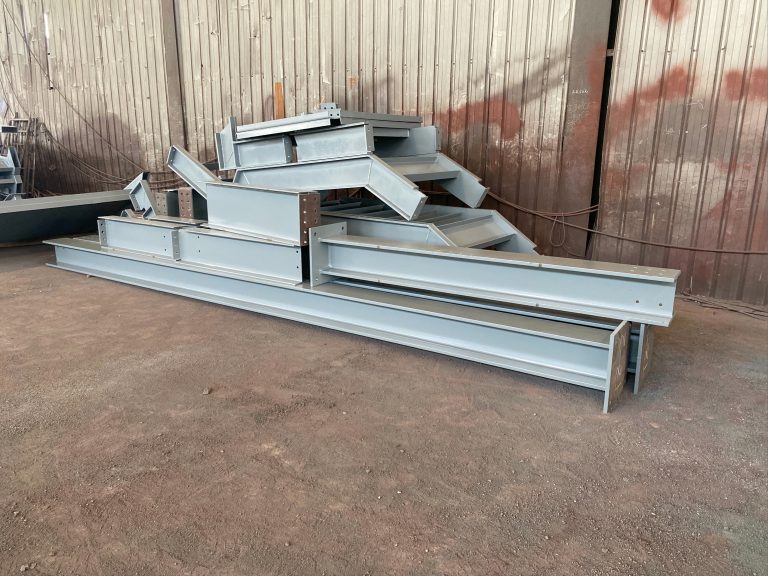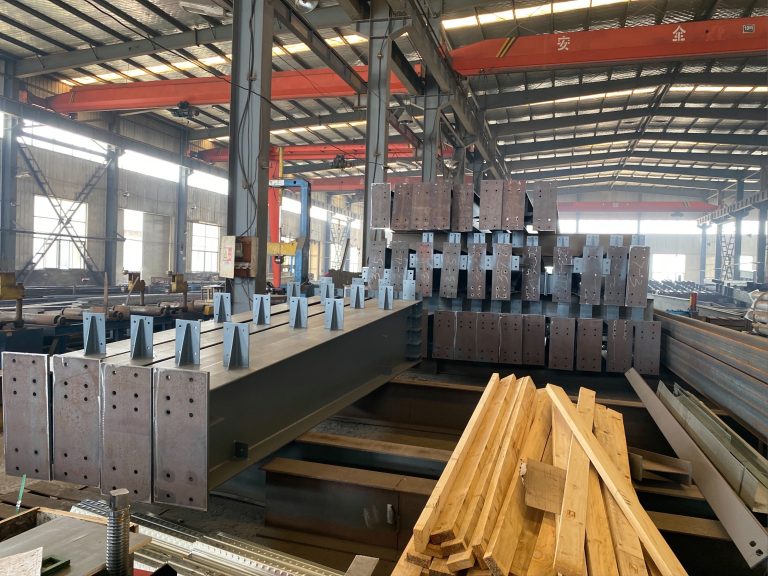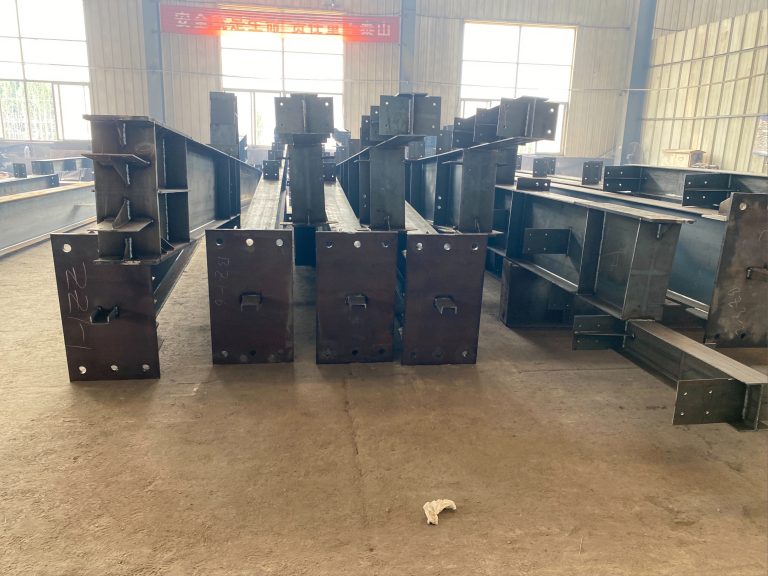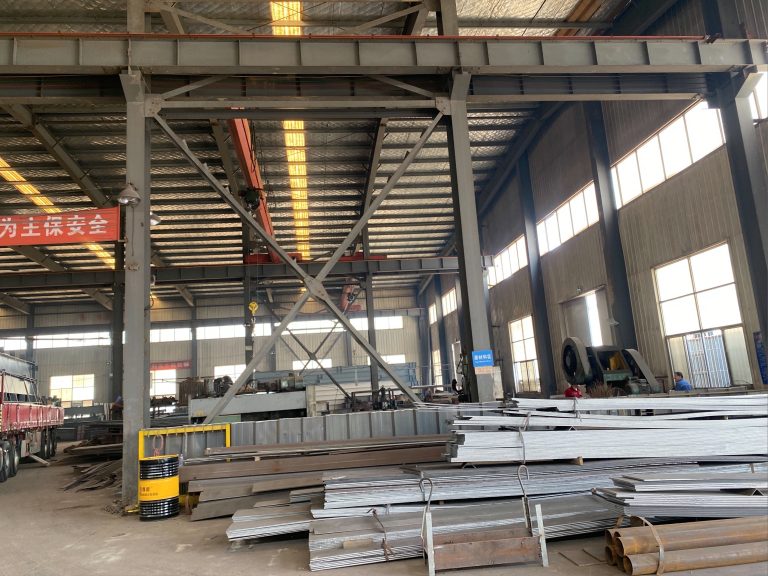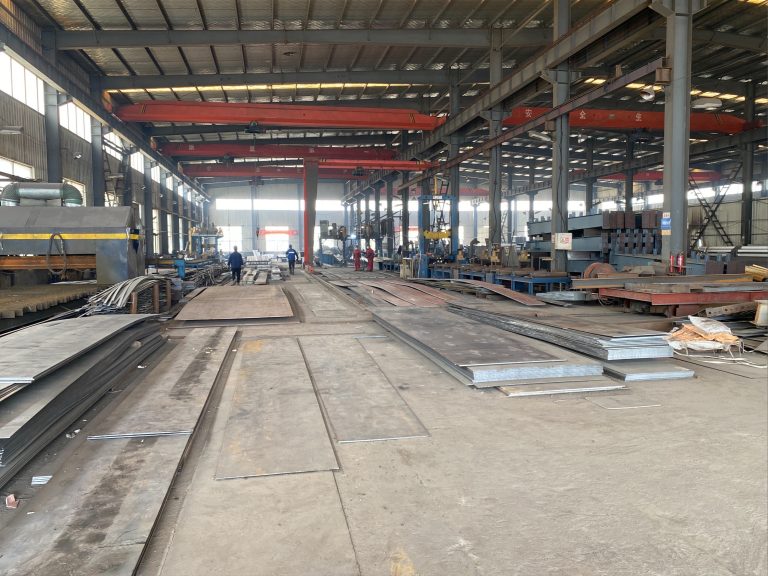Application potential of steel structure in agricultural buildings and facilities
Table of Contents
Benefits of Using Steel Structures in Agricultural Buildings
Steel structures have become increasingly popular in the construction of agricultural buildings and facilities due to their numerous benefits. From barns and storage facilities to greenhouses and processing plants, steel structures offer a range of advantages that make them an ideal choice for agricultural applications.
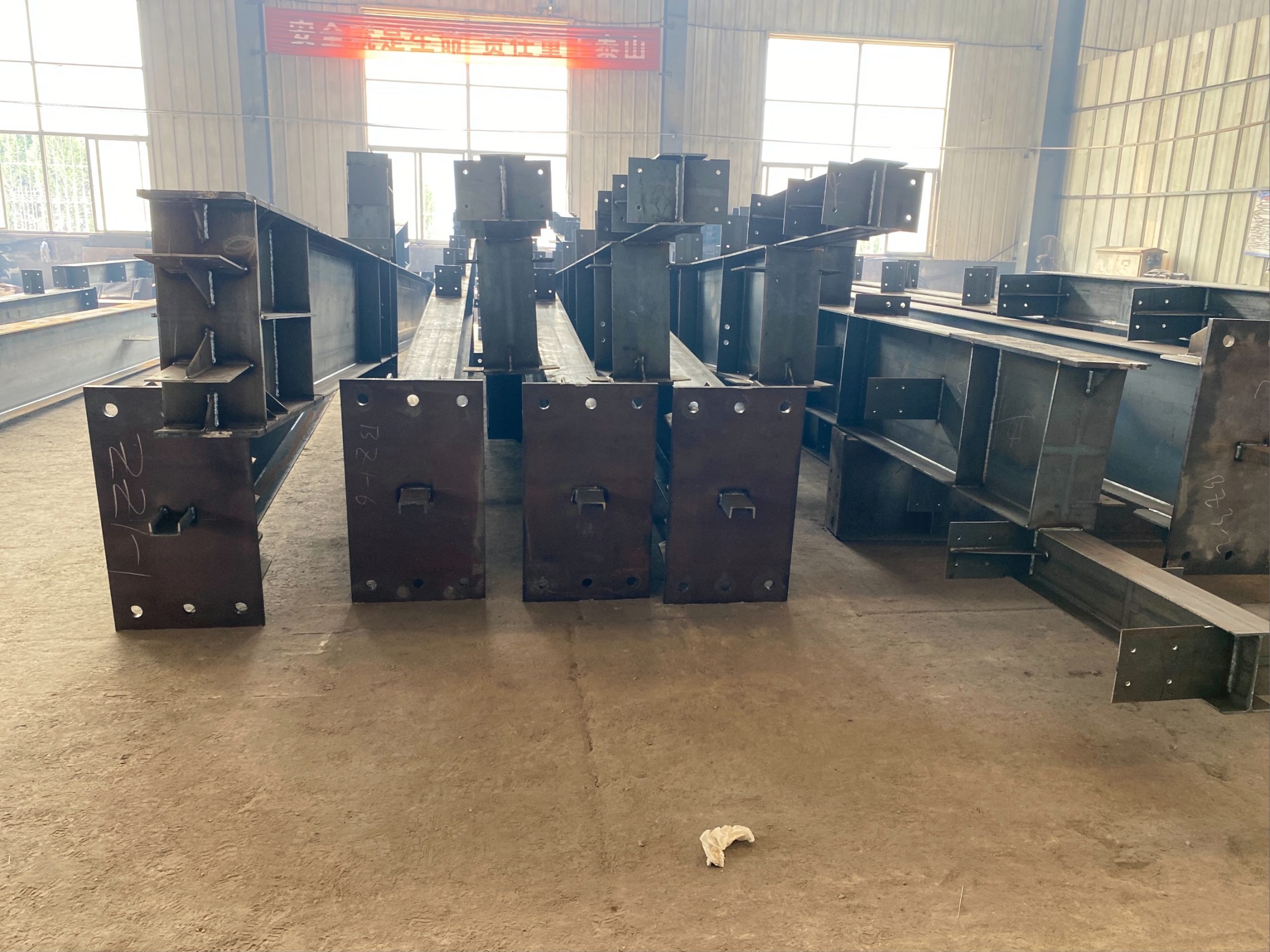
One of the key benefits of using steel structures in agricultural buildings is their durability. Steel is a strong and resilient material that can withstand harsh weather conditions, heavy loads, and pests. This durability ensures that agricultural buildings made of steel will last for many years, reducing the need for frequent repairs and maintenance.
In addition to their durability, steel structures are also highly versatile. Steel can be easily customized to meet the specific needs of agricultural buildings, whether it be large open spaces for storage or specialized areas for processing and packaging. This versatility allows farmers and agricultural businesses to design and construct buildings that are tailored to their unique requirements.
Another advantage of using steel structures in agricultural buildings is their cost-effectiveness. While the initial cost of steel may be higher than other building materials, such as wood or concrete, steel structures offer long-term savings in terms of maintenance and repairs. Steel buildings are also energy-efficient, which can lead to lower heating and cooling costs over time.
Steel structures are also environmentally friendly. Steel is a recyclable material, which means that old steel structures can be repurposed or recycled at the end of their lifespan. This reduces the environmental impact of agricultural buildings and facilities, making steel a sustainable choice for farmers and agricultural businesses.
Furthermore, steel structures are quick and easy to construct. Prefabricated steel components can be manufactured off-site and assembled on-site, reducing construction time and labor costs. This can be particularly beneficial for agricultural businesses that need to quickly expand or upgrade their facilities to meet growing demand.
Steel structures also offer superior strength-to-weight ratio compared to other building materials. This means that steel buildings can support larger spans and heavier loads without the need for additional support columns or beams. This allows for more flexible and efficient use of space within agricultural buildings, maximizing storage capacity and operational efficiency.
In conclusion, the application potential of steel structures in agricultural buildings and facilities is vast. From their durability and versatility to their cost-effectiveness and environmental friendliness, steel structures offer a range of benefits that make them an ideal choice for farmers and agricultural businesses. By choosing steel for their construction projects, farmers can ensure that their buildings are built to last, while also reducing their environmental impact and operating costs.
Innovative Applications of Steel Structures in Agricultural Facilities
Steel structures have long been recognized for their strength, durability, and versatility in various construction projects. In recent years, the application of steel structures in agricultural buildings and facilities has gained popularity due to their numerous advantages. From barns and storage facilities to greenhouses and processing plants, steel structures offer a cost-effective and efficient solution for meeting the needs of modern agriculture.
One of the key benefits of using steel structures in agricultural buildings is their durability. Steel is a highly durable material that can withstand harsh weather conditions, such as strong winds, heavy snow loads, and extreme temperatures. This makes steel structures ideal for agricultural buildings that need to withstand the elements and protect valuable equipment, livestock, and crops.
In addition to their durability, steel structures are also known for their strength. Steel has a high strength-to-weight ratio, which means that it can support heavy loads without the need for excessive structural support. This makes steel structures ideal for agricultural buildings that require large open spaces for storing equipment or housing livestock.
Furthermore, steel structures are quick and easy to construct, which can help reduce construction time and costs. Prefabricated steel components can be manufactured off-site and assembled on-site, saving time and labor compared to traditional construction methods. This can be particularly beneficial for agricultural buildings that need to be constructed quickly to meet seasonal demands or deadlines.
Another advantage of using steel structures in agricultural buildings is their versatility. Steel can be easily customized to meet the specific needs of a project, whether it be a large storage facility or a small processing plant. Steel structures can also be easily modified or expanded in the future, allowing for flexibility as agricultural operations grow and evolve.
Steel structures are also environmentally friendly, as steel is a recyclable material that can be reused and repurposed. This can help reduce the environmental impact of agricultural buildings and facilities, making them a sustainable choice for modern agriculture.
In conclusion, the application potential of steel structures in agricultural buildings and facilities is vast. From their durability and strength to their cost-effectiveness and versatility, steel structures offer numerous advantages for meeting the needs of modern agriculture. By choosing steel structures for agricultural projects, farmers and agricultural businesses can benefit from a reliable and efficient solution that will stand the test of time.

